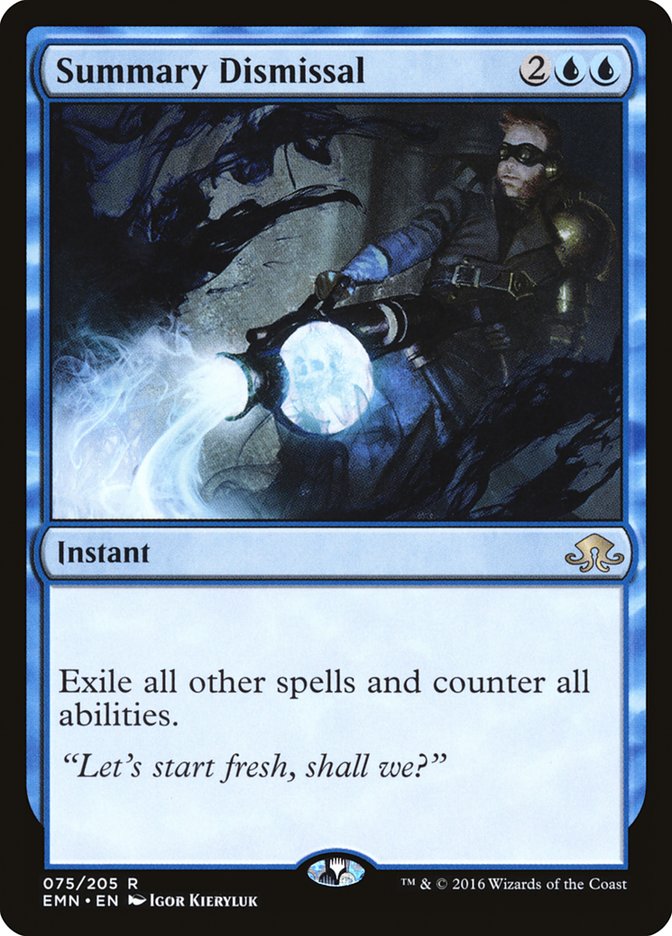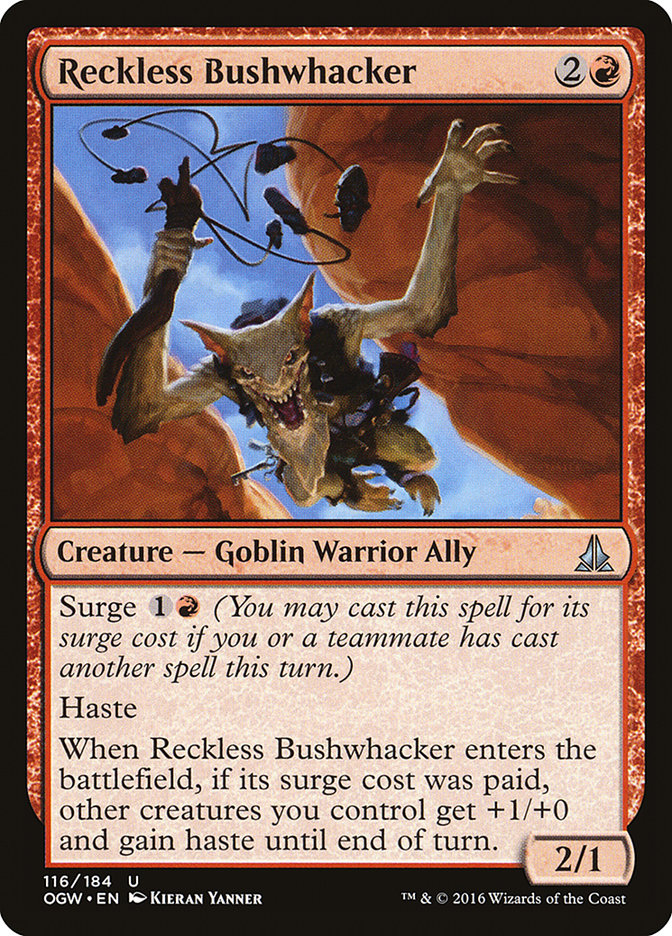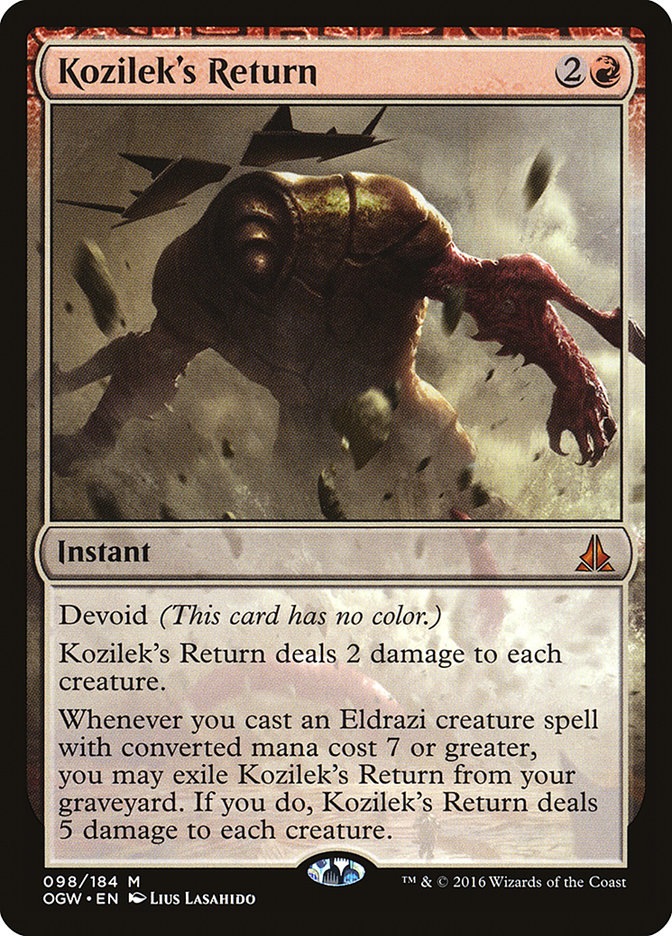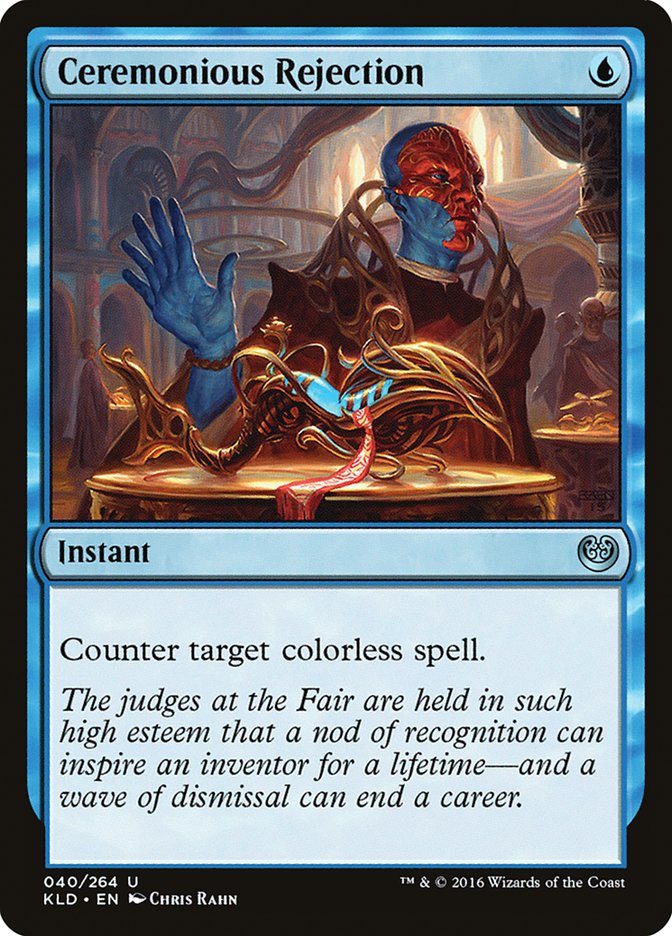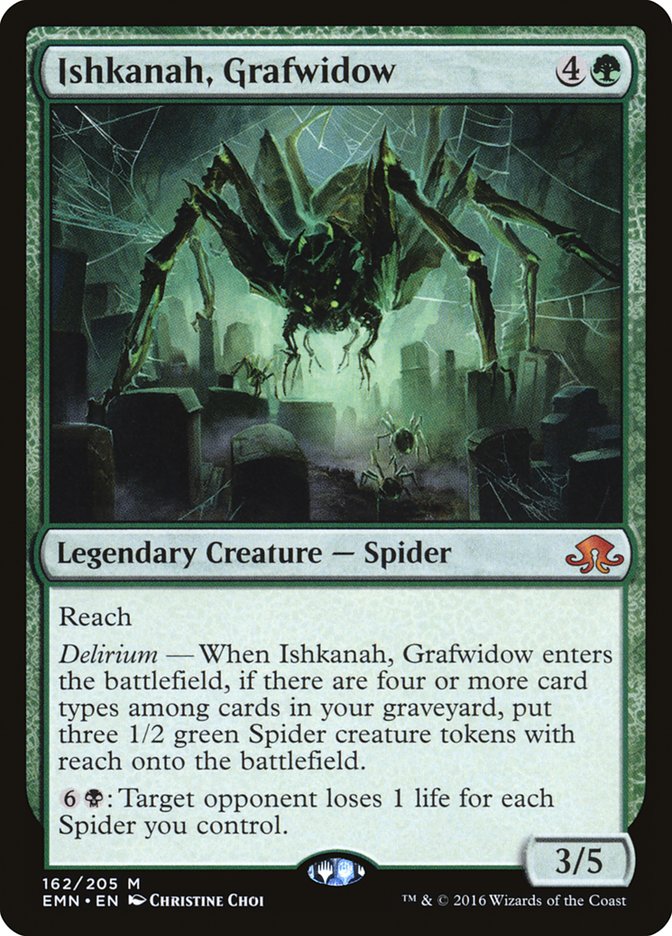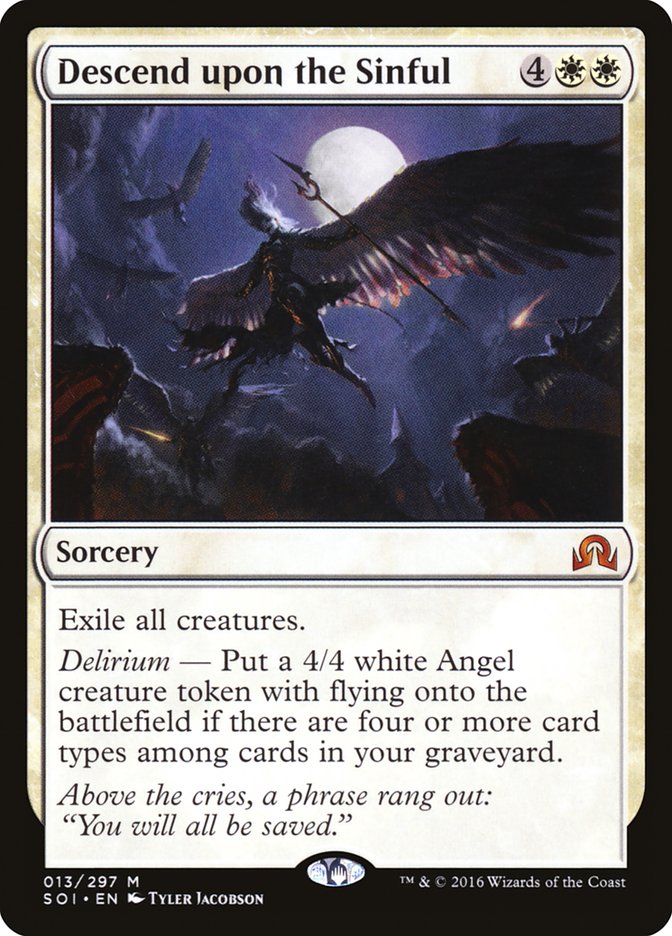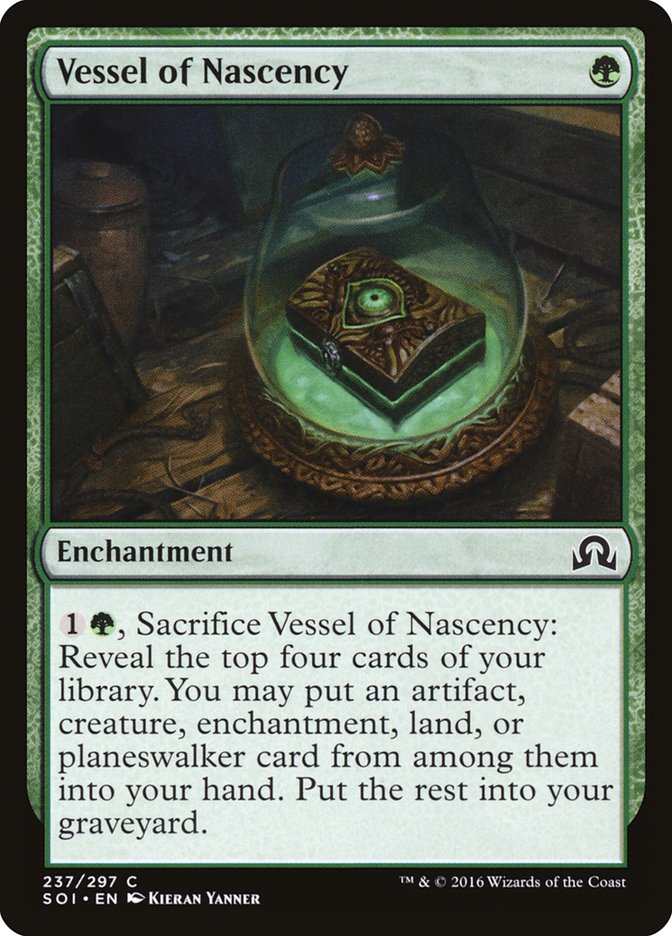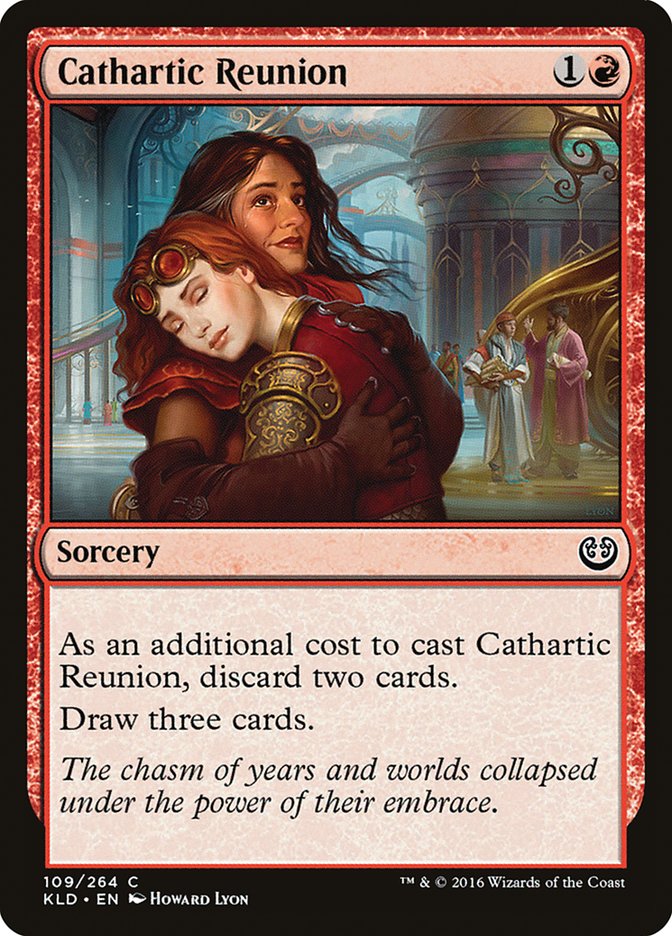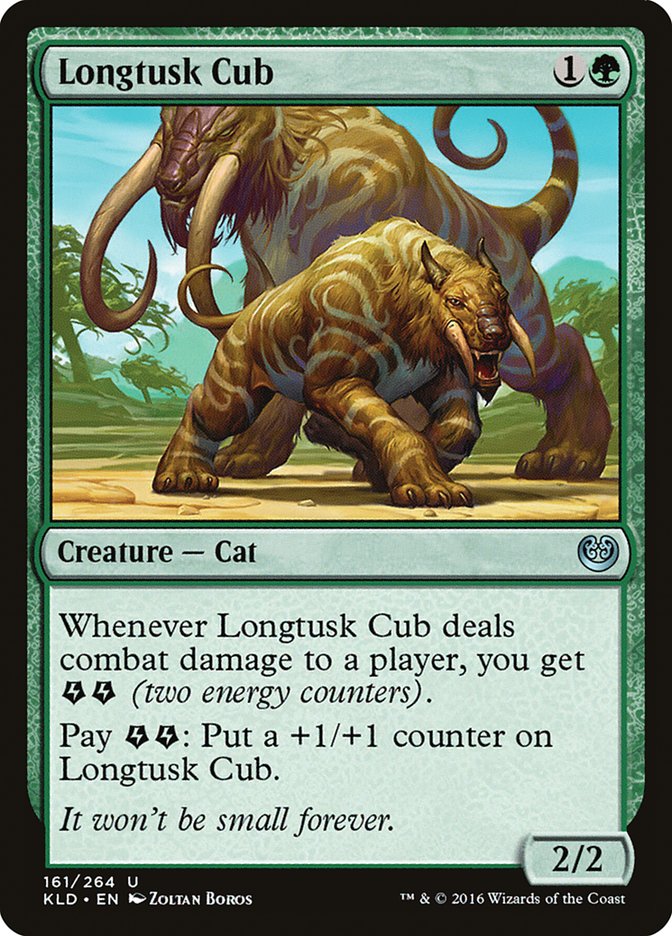The death of control had been greatly exaggerated, including, or possibly especially, by me. I thought the combination of three power on one-drops, Vehicles, combo decks, recurring creatures, and Eldrazi would represent a range of threats too diverse for control decks to handle, and as a result, I believed Standard would be dominated by proactive decks.
Proactive Versus Aggressive
It’s important to understand the difference between a proactive deck and an aggressive deck. An aggressive deck is either looking to attack or incrementally decrease its opponent’s life total. A proactive deck prioritizes advancing its own gameplan over responding to its opponent’s game plan. The Venn diagram containing these decks has heavy overlap, but I’d argue that neither is a perfect subset of the other. I’d argue that decks like Jund and Zoo are often aggressive but play enough removal and disruption that I wouldn’t necessarily classify them as proactive, or at least not at the extreme end of the proactive scale; they still have the potential to lose due to having the wrong answers, and I think it’s most useful to think of proactive decks as decks that don’t have that problem. Clearly, not all proactive decks are aggressive either, as Aetherworks Marvel is a great example of a proactive but not aggressive deck.
A Proactive Metagame
In general, I believe that a proactive metagame emerges any time the threats or proactive strategies in a format are too diverse or too powerful for reactive decks to prepare for all of them. Of note, I believe Modern is a proactive format despite…well, honestly, I could say despite overwhelming evidence to the contrary. What I mean is that I believe a proactive approach to Modern is the dominant strategy despite the fact that reactive decks are widely played and widely successful (though certainly not dominant).
I believed the same would be true of Pro Tour Kaladesh Standard. I knew that people were playing control decks, as they had success in Magic Online Leagues leading up to the Pro Tour, but I thought they’d struggle with the diversity of the format.
I underestimated Torrential Gearhulk, which offers exactly the kind of flexible redundancy that a control deck needs while offering a powerful finisher that doesn’t come at the cost of a reactive card because it comes with a reactive card. When you need more removal, Torrential Gearhulk is a removal spell; when you need more of a different, precise answer like Summary Dismissal, Torrential Gearhulk is another Summary Dismissal. This interaction in particular is critical for allowing control decks to compete in the late-game with Eldrazi without eating a huge number of sideboard slots. When you have three or four Torrential Gearhulks, if you have just one or two Summary Dismissals, it’s very likely that you’ll be able to Dismiss two Eldrazi in a game, which the Eldrazi player can often cast and which you’d otherwise probably need to find room for four Summary Dismissals to answer.
The same is true for any other narrow card, and having built-in redundancy on your most specific answers is exactly the kind of structure that control decks need to succeed in Standard, especially in a diverse metagame.
Choosing a Deck
The decks my team liked most were B/R Zombies, R/W Tokens, R/G Energy, and a couple of Aetherworks Marvel decks.
I dismissed B/R Zombies because I thought that it was too slow to actually finish a game to compete with Aetherworks Marvel; too much of the deck’s strength was in the resilience of the recurring creatures, which is a strength that doesn’t interact with Aetherworks Marvel and is generally poorly positioned against players who are planning to ignore your cards.
R/W Tokens with Reckless Bushwhacker seemed like the fastest aggro deck, but I was worried about its positioning against larger creatures or Kozilek’s Return. It’s possible that I should have tried this deck more, but it’s also just generally not the kind of deck I like to play if I can avoid it.
R/G Energy was Brian Kibler’s deck, and he was, as usual, fairly committed to attacking with green creatures before testing began. This bias makes it more likely that he’ll find the best green deck rather than the best deck. I tried it out a bit, and did fairly well, and Brian was reporting pretty good results with it in Magic Online Leagues, but I felt like it violated the prime directive too strongly; what I least wanted to play was a slower aggressive deck that tried to stall its opponent to win with larger creatures, which is exactly what this deck was.
Brian is half-jokingly known for tuning his deck to beat his teammates, to the point where people close to him call this “Kiblering” (not to be confused with Kibler Googling, the process of asking social media for the answer to a question when Google fails or possibly before even using Google). For this event, as the rest of the team settled on playing Aetherworks Marvel, Brian added Ceremonious Rejection and then eventually Negate to his sideboard. While people complained that he was Kiblering us again, I think this addition made his deck a lot better and actually mirrored what lots of other aggressive players ended up doing for the event, and we’d considered that maybe it was clearly correct enough that we could expect others to do the same, as I lost to MTGMintCard’s Mardu Vehicles deck that splashed Ceremonious Rejection to miss Day 2 of the Pro Tour.
Metalwork Marvel is a combination between a dedicated Aetherworks Marvel deck and a Metalwork Colossus deck. Rather than playing uncastable Eldrazi Titans, it uses Metalwork Colossus and Elder Deep-Fiend to end the game so that it can function without Aetherworks Marvel. The problem is that the deck isn’t that great at fueling Aetherworks Marvel and the hits are far from game-winning, so it functions more like a clunky, high-variance midrange deck that goes a little bigger but not dominatingly big.
Aetherworks Marvel felt broken. We knew it wasn’t a secret, but it just felt like it was doing the most powerful thing, and we thought some portion of the field would still be thinking of this as a format defined by Smuggler’s Copter when it felt like it needed to be defined by Aetherworks Marvel. The tools were all there for the combo deck to succeed: good enablers, payoffs, and lots of ways to dig for Aetherworks Marvel or another combo piece.
Building Aetherworks Marvel
Early on, I tried a mono-green Aetherworks Marvel deck that played a bit of a midrange game and went over the top with Aetherworks Marvel. At first, the deck felt great because I was getting lucky and drawing Aetherworks Marvel a lot, but I quickly realized how bad it was when you drew Eldrazi and Puzzleknots that didn’t do anything and didn’t have an Aetherworks Marvel to win the game by itself.
Four Vessel of Nascency was just not enough cards to find Aetherworks Marvel.
I saw a lot of lists that hedged in various ways, playing cards like Hedron Archive or Nissa’s Renewal to cast Eldrazi if it couldn’t find Aetherworks Marvel, or playing powerful five- or six-mana spells like Ishkanah, Grafwidow or Descend upon the Sinful. We felt like this wasn’t a winning gameplan and we just wanted to focus on using Aetherworks Marvel to cast an Eldrazi.
Vessel of Nascency and Cathartic Reunion were popular choices for the deck, but I think Cathartic Reunion in particular is a mistake. The thinking is that you draw these blank cards that you don’t want in your hand, like Ulamog, the Ceaseless Hunger, and so Cathartic Reunion draws three cards for two mana, which is a good deal.
The problem with this thinking is that the deck needs very few cards to win. All you need is four lands, six Energy, and an Aetherworks Marvel, so the problem with Cathartic Reunion is that it only looks at three new cards, while my preferred options, Glint-Nest Crane and Contingency Plan, look at four or five. Yes, you’re basically down a card when Glint-Nest Crane misses, and you’re down a card when you cast Contingency Plan, but these cards maximize your chances of having an Aetherworks Marvel in your hand by turn 4 or 5, which is the most important concern.
Part of why I decided to play Aetherworks Marvel was that I thought we had a good version of the deck that would be heavily advantaged against builds that hedged in some way, as it was unlikely that midrange threats would matter in the mirror match and we’d find Aetherworks Marvel more often. Admittedly, however, the deck is high-variance enough that this is a very small edge, since you’re only around 60% to hit on an Aetherworks Marvel activation and the most important thing is hitting before the opponent, and you just can’t control that that much. Still, especially by playing Contingency Plan, we were doing everything in our power to give ourselves the best chance.
We played a couple of copies of Vessel of Nascency because we knew that the games against control decks usually came down to casting Emrakul. We wanted to be able to do that for seven mana fairly often, and we wanted a ninth digging spell beyond Glassblower’s Puzzleknot anyway.
Once we knew how we wanted to assemble our engine, the last question was whether it was worth splashing red for Kozilek’s Return rather than playing straight U/R and playing Thriving Turtle to maximize our chances of activating Aetherworks Marvel on turn 4 (allowing for lines like “turn 1 Attune with Aether, turn 2 Glassblower’s Puzzleknot, turn 3 Thriving Turtle plus Contingency Plan, turn 4 Aetherworks Marvel and activate” that are very hard to do without more ways to spend one mana for two Energy) and minimizing our tapped lands.
We ultimately decided that Kozilek’s Return was a powerful enough card, and we were worried enough about decks like R/W Tokens which could reliably outrace us if we didn’t have Kozilek’s Return. We were also worried that Emrakul, the Promised End wouldn’t be enough against creature decks after sideboarding specifically, when they cut their removal so it wouldn’t be stuck in their hand for us to use on their own creatures, so it was more likely that we’d need Kozilek’s Return to actually win the game when we hit Emrakul, which usually wasn’t a concern in Game 1.
The next step was building the sideboard. We knew that we needed to focus on being a combo deck against aggro, and adding disruption would just give them more time to kill us and increase our failure rate. Our plan there was just to win first, so we needed minimal sideboard cards against aggressive decks. This let us use almost our entire sideboard to beat control decks and the mirror match.
With that goal in mind, we considered a good range of options. Longtusk Cub and Tireless Tracker would let us punish people for cutting removal and get under counterspells to steal games, but we felt like, while Longtusk Cub represented a lot of pressure, it generally isn’t enough to singlehandedly outrace Aetherworks Marvel, so it was better to focus on playing a better Aetherworks Marvel game in the mirror. We thought control decks likely wouldn’t be able to sideboard out all of their removal, so again, we’d rather focus on our primary gameplan there.
Both of these matchups often come down to casting Eldrazi, so we considered Shrine of the Forsaken Gods and even Magnifying Glass (which was somewhat impressive). Ultimately, we decided Glimmer of Genius was the best way to play a long game and hit our land drops while advancing our other plans.
We settled on four Glimmer of Genius, four Dispel, and four Ceremonious Rejection, as this maximized the best and most important cards. Dispel would allow us to force through our own Aetherworks Marvel or win counter wars over the opponent’s, and Ceremonious Rejection was the best way to stop them from resolving their own. We rounded the sideboard out with Negate, Kozilek’s Return, and Aether Meltdown to taste.
Our List
Creatures (12)
Lands (22)
Spells (26)
- 3 Kozilek's Return
- 2 Vessel of Nascency
- 3 Contingency Plan
- 4 Aetherworks Marvel
- 4 Woodweaver's Puzzleknot
- 4 Glassblower's Puzzleknot
- 4 Attune with Aether
- 2 Aether Meltdown
Sideboard

I was very happy with the construction of our deck but very unhappy with its positioning and slightly less confident about its consistency, as I felt like I lost a lot of games I should usually win to my deck failing in spots where my opponent gave me plenty of time.
Moving forward, I don’t intend to stick with Aetherworks Marvel, and I think the format is now about Torrential Gearhulk, which is an interesting departure from a time when I thought the format was about Smuggler’s Copter, and another time when I thought the format was about Aetherworks Marvel.
I didn’t like the format before, but I’m optimistic about it after Pro Tour Kaladesh. If nothing else, there’s a lot to like about a format that can keep surprising me and evolve this much.



